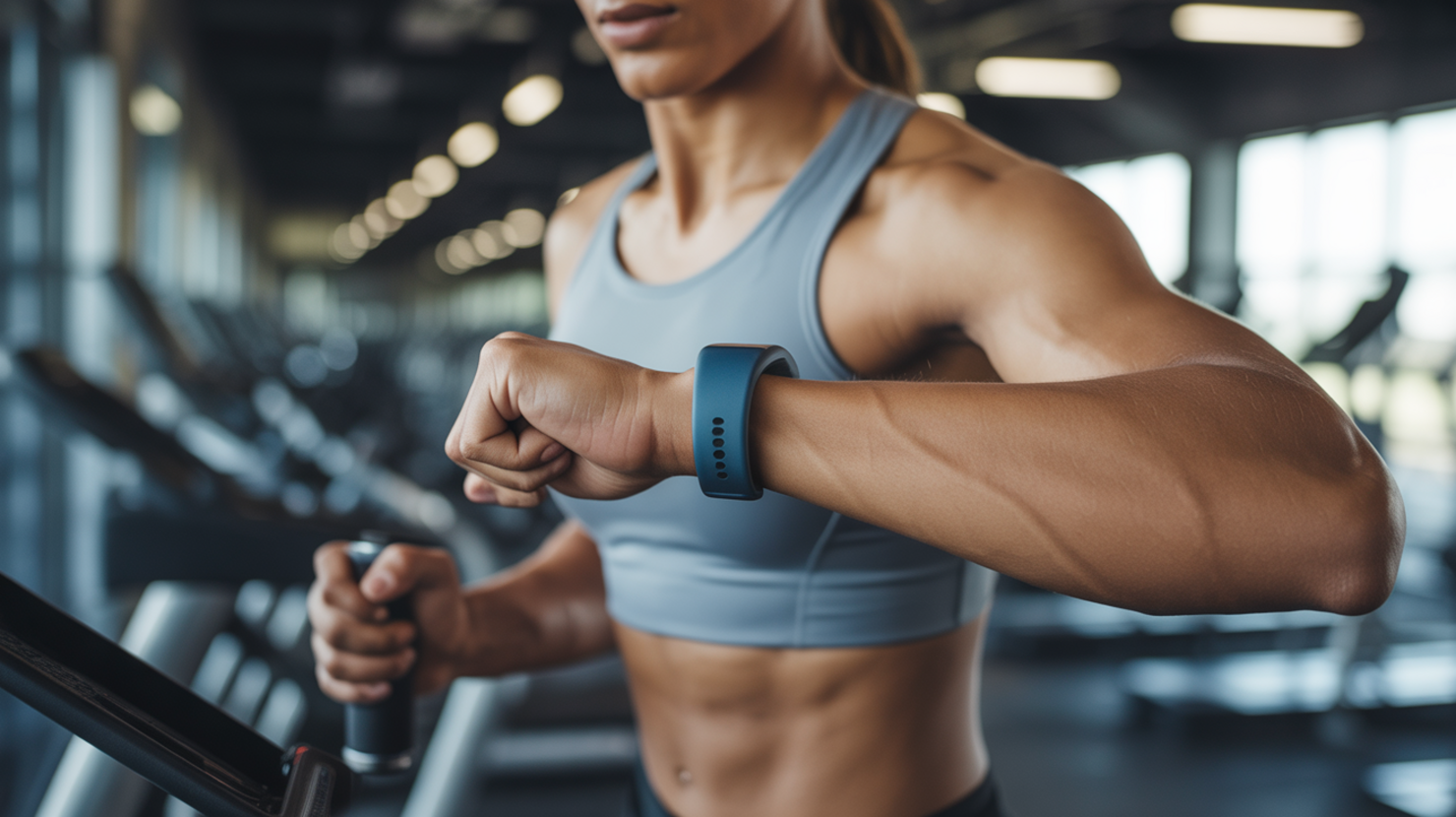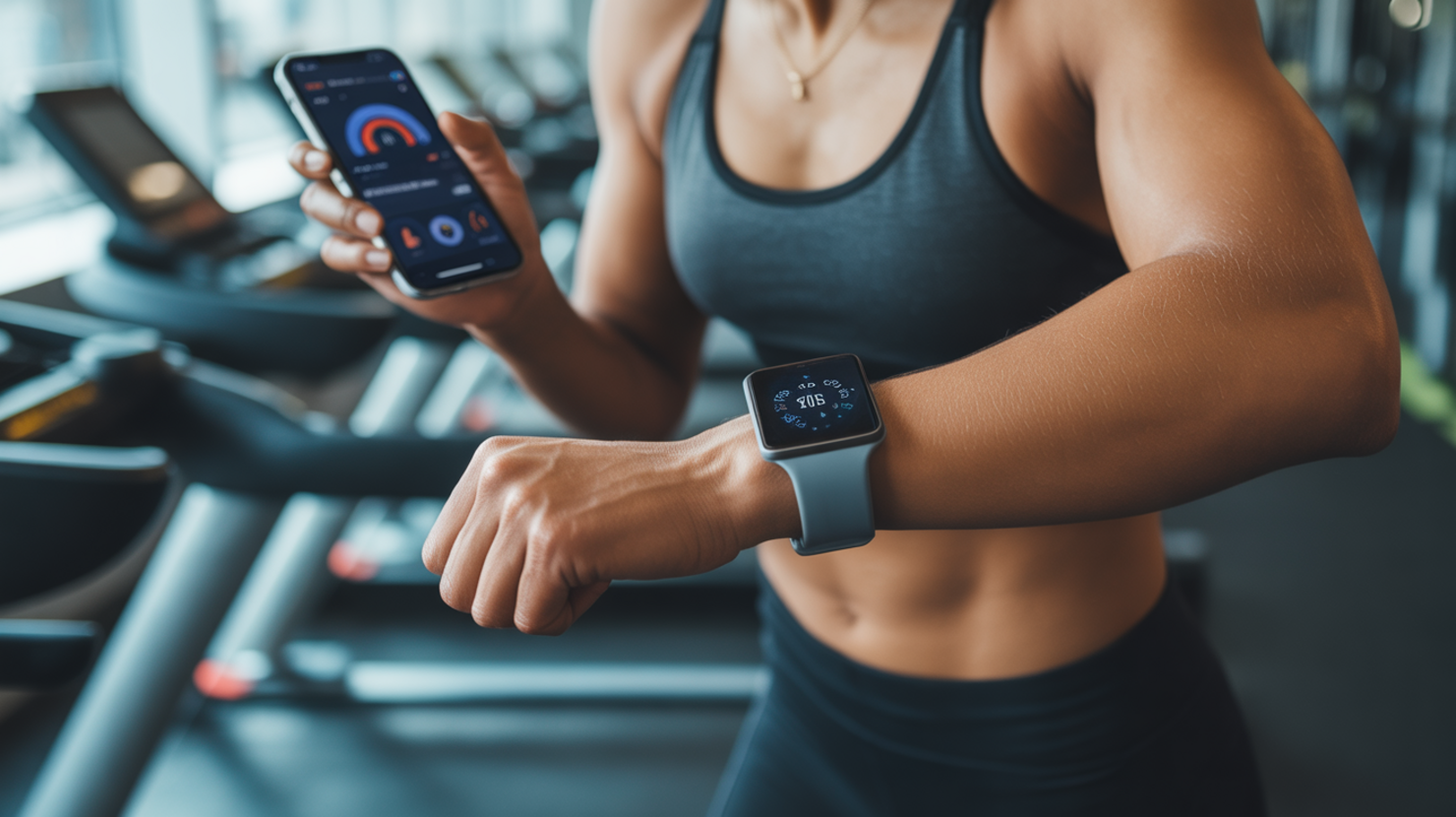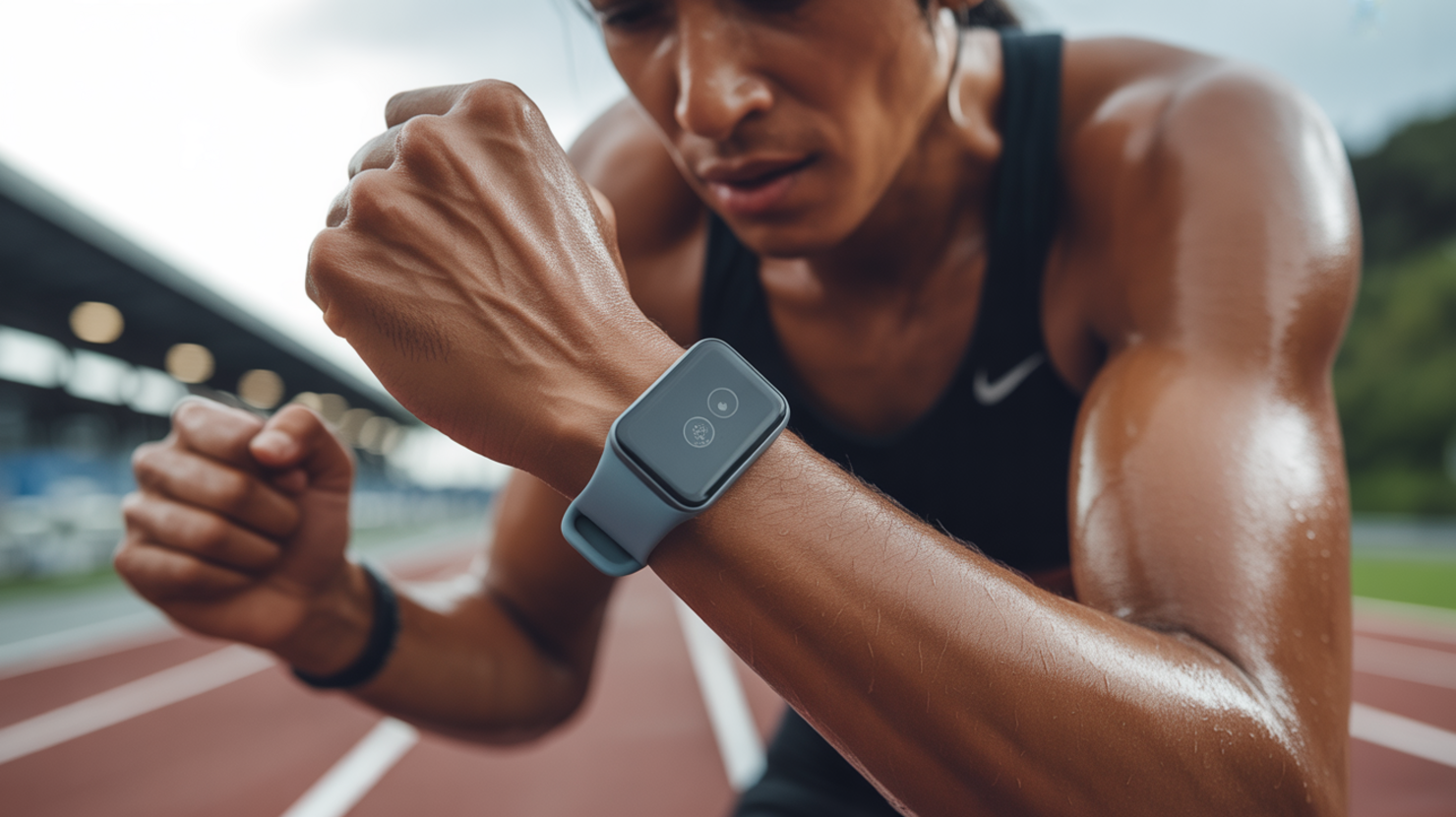“`html
Hong Kong’s Hustle: Why Recovery Suffers
The relentless pace of Hong Kong is legendary. It’s a city built on ambition, efficiency, and often, incredibly long working hours. For professionals navigating this dynamic environment, the constant pressure to perform and stay ahead is immense. This isn’t just a cliché; it’s a daily reality that profoundly impacts health and well-being, especially when it comes to the fundamental need for recovery.
A primary culprit is the combination of long hours and high stress. The typical workday often extends well beyond the traditional nine-to-five, leaving little room for personal time. This constant grind, coupled with the inherent pressures of competitive industries, doesn’t just tire the body; it relentlessly depletes mental and emotional energy reserves. We’re always “on,” constantly processing information and facing deadlines, leading to a state of perpetual activation that is incredibly taxing. Understanding the impact of high stress is crucial for health. (For resources on managing stress, you can visit reputable health organizations like the World Health Organization).
This intense schedule translates directly into limited downtime. The precious few hours outside of work are often swallowed by commutes, errands, and the basic necessities of life. Finding dedicated time for genuine rest – be it physical relaxation, mental decompression, or engaging in restorative activities – becomes a luxury many feel they cannot afford. Making intentional rest difficult isn’t just inconvenient; it actively prevents the body and mind from repairing and recharging from the daily onslaught of stress and fatigue.
The inevitable outcome for many is chronic sleep debt. Sleep isn’t merely reduced; insufficient, poor-quality sleep becomes the default state. The body never truly catches up. This ingrained pattern of prioritizing work or other obligations over adequate rest creates a persistent deficit. While seemingly manageable in the short term, chronic sleep debt significantly impairs cognitive function, dulls creativity, increases irritability, and weakens the immune system. It’s a hidden tax on health and performance, deeply embedded in the hustle culture, and a major barrier to effective recovery. Understanding this pervasive problem is the vital first step in tackling recovery challenges faced by Hong Kong professionals.
Beyond Guesswork: Sleep Trackers as Biofeedback
For Hong Kong’s driven professionals, optimizing recovery is not a luxury, but a necessity. Yet, judging how truly restful your night was based solely on how many hours you spent in bed is often misleading. This is where modern sleep trackers step in, moving beyond simple duration counting to provide powerful biofeedback about your body’s actual state of recovery.
Think of a sleep tracker not just as a clock for your night, but as a personal health dashboard. They allow you to quantify sleep quality beyond just duration. You might have slept 8 hours, but if that time was fragmented or lacked sufficient deep and REM sleep, your recovery will be compromised. Trackers provide data that reveals the quality of those hours, offering insights far deeper than simply feeling “tired” or “rested.”
Furthermore, these devices can reveal hidden disruptions that you might not even be aware of. They differentiate between sleep stages – light, deep, and REM – showing how much time you spent in each. An imbalance, such as too much light sleep or insufficient deep sleep, can significantly impact physical and cognitive restoration. Trackers can also identify subtle awakenings or periods of restlessness that disrupt your sleep architecture, providing objective data on these hidden disruptions.
Beyond sleep stages, many trackers track physiological markers throughout the night. Metrics like resting heart rate (RHR) and heart rate variability (HRV) are particularly insightful. Your RHR typically drops significantly during restorative sleep; an elevated RHR overnight can signal stress, illness, or insufficient recovery from the previous day’s demands. These markers offer a passive yet continuous stream of biofeedback, helping you understand how your body is responding to your lifestyle and preparing for the day ahead. By translating these complex physiological signals into understandable data, sleep trackers empower you to make informed decisions about your rest and recovery strategies.
Key Metrics for Recovery Insight
Moving beyond simply counting hours in bed, sleep trackers offer a wealth of data points that serve as powerful biofeedback tools. For busy professionals navigating the demands of Hong Kong, understanding these key metrics can illuminate the true state of your recovery and guide smarter rest day strategies. It’s not just about how long you sleep, but the quality and physiological signals your body provides during that time.
One crucial metric is Heart Rate Variability (HRV). This measures the variation in time between your heartbeats. A higher HRV generally indicates a well-recovered, adaptable nervous system, while a lower HRV can signal stress, fatigue, or illness. Think of it as your body’s stress resilience score. Tracking trends in your HRV provides a window into how well you’re bouncing back from daily stressors and workouts. You can learn more about HRV and its significance from resources like Healthline.
Understanding your Sleep Stages is also vital. Sleep isn’t uniform; it cycles through light sleep, deep sleep, and REM sleep. Deep sleep is crucial for physical restoration and cellular repair, while REM sleep is key for cognitive function, learning, and emotional processing. Sleep trackers estimate the time spent in each stage. If your tracker consistently shows insufficient deep sleep, it’s a strong signal that your physical recovery is being compromised, regardless of total sleep duration.
Your Resting Heart Rate (RHR) offers another window into your body’s state. This is the number of times your heart beats per minute when you are at rest. A consistently elevated RHR compared to your baseline often indicates stress, overtraining, dehydration, or impending illness. Conversely, a healthy, decreasing trend in RHR over time can signal improved cardiovascular fitness and recovery. Paying attention to significant deviations from your norm is crucial.
Finally, tracking Body Temperature Trends can provide valuable insights, particularly for women tracking menstrual cycles, but also more broadly for anyone looking at recovery. Your core body temperature naturally fluctuates throughout the 24-hour cycle, typically dipping low during sleep. Disruptions or significant shifts in this pattern can sometimes signal illness, poor sleep environment, or even shifts in circadian rhythm health. While less commonly highlighted, consistent temperature data adds another layer to your recovery profile.
By focusing on these specific metrics—HRV, Sleep Stages, Resting Heart Rate, and Body Temperature Trends—you move beyond guesswork. You gain tangible, data-driven insights into how effectively your body is recovering, empowering you to make informed decisions about how to optimize your precious rest days amidst the demanding Hong Kong lifestyle.
Decoding Your Data for Smarter Rest Days
You’ve started tracking your sleep and recovery metrics. Now comes the most crucial step: turning that data into actionable insights. For busy professionals juggling demands, understanding what your sleep tracker is telling you allows for truly optimized rest days, not just days off.
Your tracker is a mirror reflecting your body’s state. By comparing sleep data – like deep sleep and awakenings – with daily experiences, you can identify clear patterns. Did a stressful day correlate with poor sleep quality or a higher resting heart rate? Recognizing these links helps you understand the impact of specific stressors on your physiological recovery.
Your tracker also helps spot low-recovery days. Signals like poor sleep scores, elevated resting heart rate, or low Heart Rate Variability (HRV) mean your body isn’t ready for intense effort. Attempting a hard workout on such a day can be counterproductive. The data empowers you to choose active rest or relaxation instead.
Heart Rate Variability (HRV) is a powerful metric for gauging nervous system recovery. A low HRV score often indicates your system is under stress and needs more rest. Tracking HRV helps you adjust rest day intensity. If your HRV is low, swap intense exercise for light stretching or a walk. Learn more about HRV’s role in recovery from resources like the Cleveland Clinic.
Finally, focus on trends, not just daily numbers. Declines in sleep quality, HRV, or an upward resting heart rate are early warnings of accumulating fatigue or heading towards burnout. Pay attention to trends to strategically schedule rest *before* feeling drained, boosting resilience and long-term performance.
To make decoding easier, think about how different data points translate into recovery actions:
| Data Signal/Trend | Interpretation | Recommended Rest Day Action |
|---|---|---|
| Low Deep/REM Sleep | Inadequate restorative sleep | Prioritize sleep hygiene, gentle activity |
| Low Heart Rate Variability (HRV) | Nervous system stressed/Poor recovery | Active rest (walk, stretch), avoid intense effort |
| Elevated Resting Heart Rate | Body under strain (illness, stress) | Complete rest, hydrate, gentle movement only |
| Downward Trend (multiple metrics) | Accumulating fatigue/Burnout risk | Schedule dedicated rest block or lighter training week |
By actively decoding your tracker’s insights, you transform rest days from passive breaks into powerful tools for sustained performance and well-being.
Actionable Recovery Tactics for HK Life
Understanding your sleep data is just the first step. The real transformation happens when you use insights from your sleep tracker to implement actionable recovery tactics tailored to your busy Hong Kong lifestyle. Your data isn’t just numbers; it’s a roadmap to making smarter choices about rest and activity.
One crucial insight trackers provide is identifying nights with deficient deep sleep. Deep sleep is vital for physical restoration and cellular repair. If your tracker flags a poor night for deep sleep, consider scheduling a short, strategic nap later in the day if your schedule allows. Even a 20-minute power nap can help mitigate some of the cognitive and physical deficits caused by lack of restorative sleep.
Similarly, if you anticipate a night where sleep quantity or quality might be compromised – perhaps due to travel or a late-night work event – use past data patterns or your predicted schedule to prioritize a robust wind-down routine beforehand. This could involve turning off screens an hour earlier, reading, or gentle stretching. Pre-emptive actions based on data or forecast can soften the blow of a less-than-optimal night.
Your tracker’s Heart Rate Variability (HRV) reading is another powerful indicator. A low HRV often signals that your body is under stress or hasn’t fully recovered. On days when your tracker reports low HRV, swapping an intense workout for a lighter, mobility-focused session like yoga or a leisurely walk is a data-driven recovery strategy. Pushing hard on a low-HRV day can be counterproductive, increasing stress and delaying recovery further.
Finally, use your sleep and recovery data to justify and enforce dedicated rest time boundaries. In a culture that often glorifies being constantly busy, objective data showing poor sleep scores or low recovery metrics provides concrete evidence that you *need* downtime. Leverage this data to confidently say no to non-essential commitments or to block out time purely for rest, proving that recovery is not laziness but a vital component of performance and well-being.
Integrating Data Without Overload
Harnessing sleep tracker data is powerful, but the sheer volume can quickly become overwhelming, especially for busy Hong Kong professionals. The goal isn’t to stare at numbers all day, but to extract actionable insights that genuinely improve your recovery. Think of your tracker as a tool, not a taskmaster. The key is smart integration, not data obsession.
One of the most critical steps is shifting your focus from daily fluctuations to weekly or even monthly trends. A single bad night’s sleep due to an external factor (like working late) doesn’t define your recovery status. However, a consistent downward trend in metrics like Heart Rate Variability (HRV) or a pattern of low deep sleep scores over several nights indicates a deeper issue that needs addressing. Focusing on trends helps you see the big picture and avoid reacting impulsively to minor blips.
To simplify further, identify 1-2 key metrics that are most relevant to your personal recovery goals. If stress resilience is your primary concern, HRV might be your north star. If you’re focused on physical recovery from intense workouts, tracking Deep Sleep and Resting Heart Rate could be more beneficial. Trying to optimize everything at once is a recipe for burnout. Choose your focus, understand what those specific numbers mean for you, and disregard the noise from less critical data points.
Consider leveraging features like simple alerts offered by many tracking apps. Set thresholds for critical metrics – for example, an alert if your HRV dips significantly below your baseline or if your deep sleep percentage consistently falls below a certain point. These alerts can be timely nudges to prioritize rest or adjust your plans without requiring constant manual checking of every single data point.
Finally, build a routine for reviewing your data efficiently. Avoid the temptation to check your stats immediately upon waking or multiple times throughout the day. Dedicate a short, specific time – perhaps during your morning coffee or evening wind-down – to quickly scan the key trends and any alerts. This structured approach ensures you gain the insights you need without letting screen time and data analysis consume your valuable mental energy or add to your daily stress.
By adopting these strategies, your sleep tracker transforms from a potential source of anxiety into a streamlined, valuable partner in optimizing your recovery amidst the Hong Kong hustle.
Tracking Progress: From Data to Vitality
Simply collecting sleep data is only the first step; the real power lies in seeing how these numbers translate into tangible improvements in your daily life. For busy professionals navigating the demands of Hong Kong, the ultimate goal isn’t just a perfect sleep score, but a noticeable uplift in vitality and performance. This is where tracking progress becomes key.
One of the most direct indicators that your recovery efforts are working is a palpable increase in your energy levels and focus throughout the day. Are you finding it easier to power through demanding tasks without hitting an afternoon slump? Is your concentration sharper during crucial meetings? Improved sleep metrics, like increased deep sleep duration or optimized Heart Rate Variability (HRV) trends, should correlate with feeling more vibrant and mentally agile. Pay attention to this subjective feeling – it’s a powerful form of biofeedback that complements the objective data.
Physical performance also offers clear signs of effective recovery. If you engage in exercise, notice your perceived exertion during workouts. Are those challenging training sessions feeling slightly less taxing than they used to, even at the same intensity? Is your body recovering faster between efforts or sets? Sleep data can reveal if your rest is adequate to support your physical demands. Lower perceived exertion when your sleep tracker shows better recovery metrics is a strong signal you’re on the right track.
Ultimately, success isn’t just about a single good night or a temporary boost. The true measure is sustained performance and resilience across all aspects of your life. Are you consistently performing well at work, managing stress more effectively, and maintaining social connections without feeling completely drained? Your sleep and recovery strategies should contribute to a foundation of consistent high performance, not just fleeting moments. Look at trends over weeks and months, correlating improved sleep patterns and recovery scores with sustained high output and overall well-being.
Finally, remember that your body’s needs are not static. Stress levels fluctuate, work demands change, and your physical conditioning evolves. The data from your sleep tracker provides valuable insights, allowing you to adjust your biohacks and recovery strategies as needed. If metrics start dipping during a high-stress period, it’s a cue to double down on rest or adjust your training intensity. If sustained good numbers correspond with feeling great, you know your current approach is effective. Use the data proactively to maintain optimal recovery and vitality long-term.
“`











